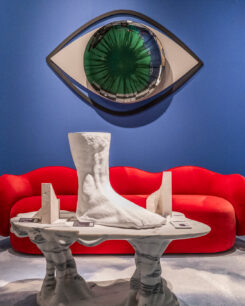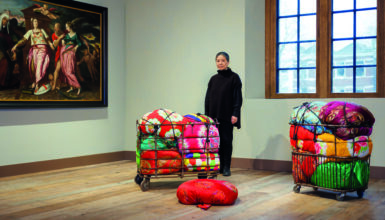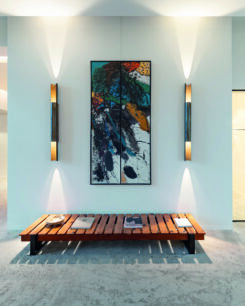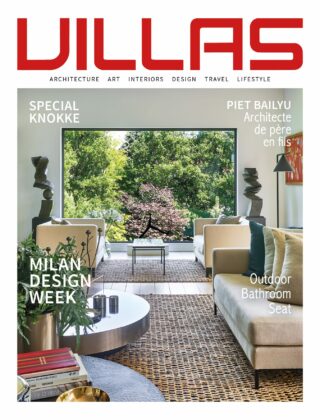Sommaire
Any mention of Asia opens a window onto a world of myths and legends. Despite a deep natural affinity with the continent, Didier Delville also knows that patience and respect for customs are of the essence. His first trips to India, Thailand and south-west Asia confirmed his visceral bond with this part of the world. Japan is a continent unto itself that should only be entered with a certain amount of humility. Overcoming this sense of awe, his instincts were not wrong and he experienced a real reconnection. As a firm believer in Buddhism and the perpetual cycle of life, he immediately felt at home in this place where his own leanings joined forces with ancestral knowledge. What is fundamental to Japanese ceramics is the unique relationship between tradition and innovation. There is an extraordinary tension between these two terms. A century-old tradition that re-emerged after the Second World War, on the one hand, and a reappropriation of these techniques, on the other hand, by applying them to the creation of a new formal language.
Hashimoto Tomonari’s MĀ concept
The first object of his desire was Hashimoto Tomonari. “I acquired this piece by instinct; something about the shape appealed to me”. The artist gave a new direction to his work as an antique dealer and steered it towards ceramics with no real functional vocation but above all a sculptural dimension. It evokes the Zen garden, stones in the white gravel as a metaphor for rocks. The object exists through its simple, organic form. The notion of emptiness as well as the notion of MĀ, the balance in everything, comes to the fore without any religious or spiritual connotation. What happens “on the other side”, the invisible, the flows of energies, the whole is summed up in a pure form. These are the pillars of Japanese ceramics. Hashimoto Tomonari grew up among his father’s bronze sculptures and is therefore attached to the ancient object and a fervent admirer of nature: “He cherishes the object per se as much as the space it occupies.”
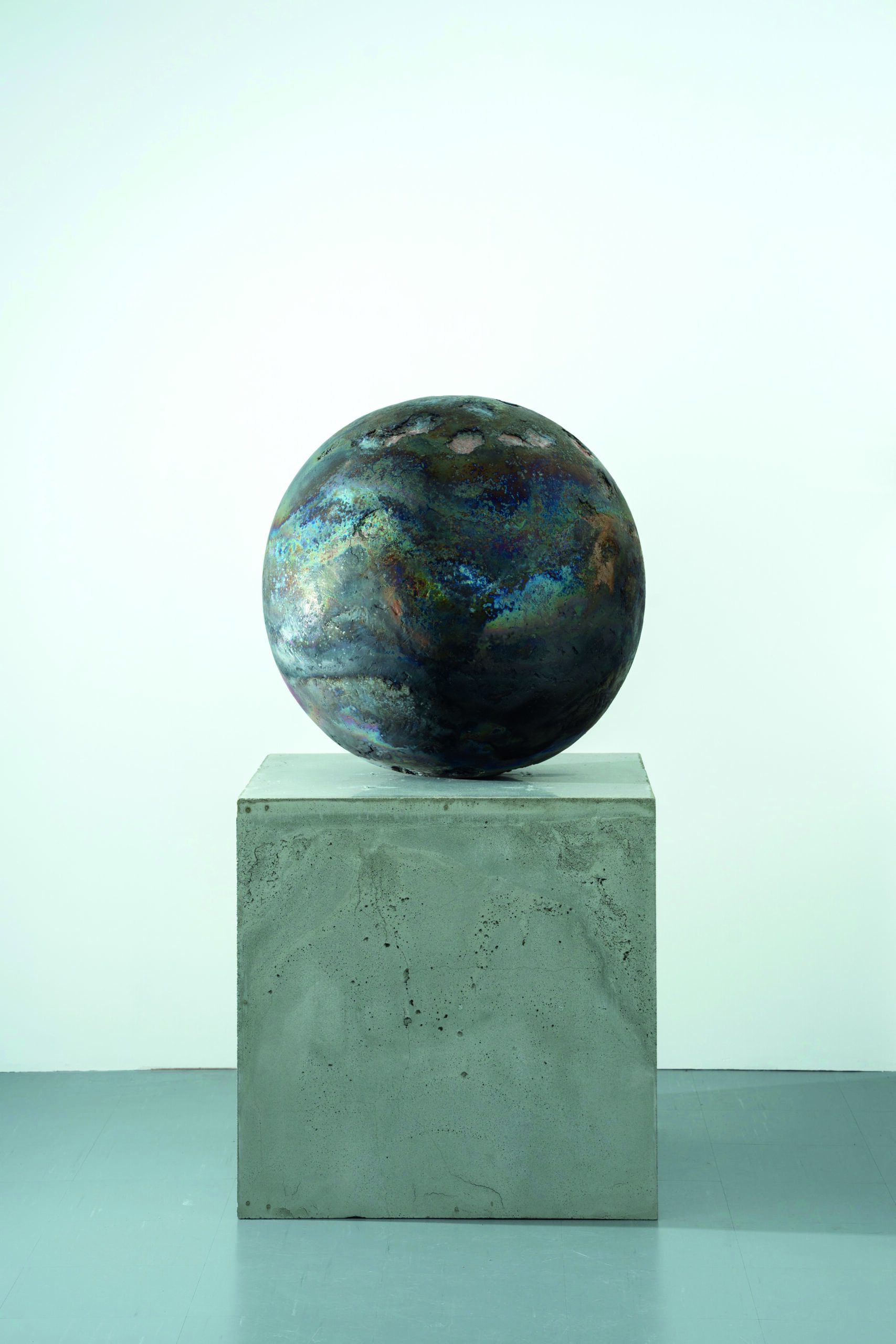
Paul Louis | Hashimoto Tomonari
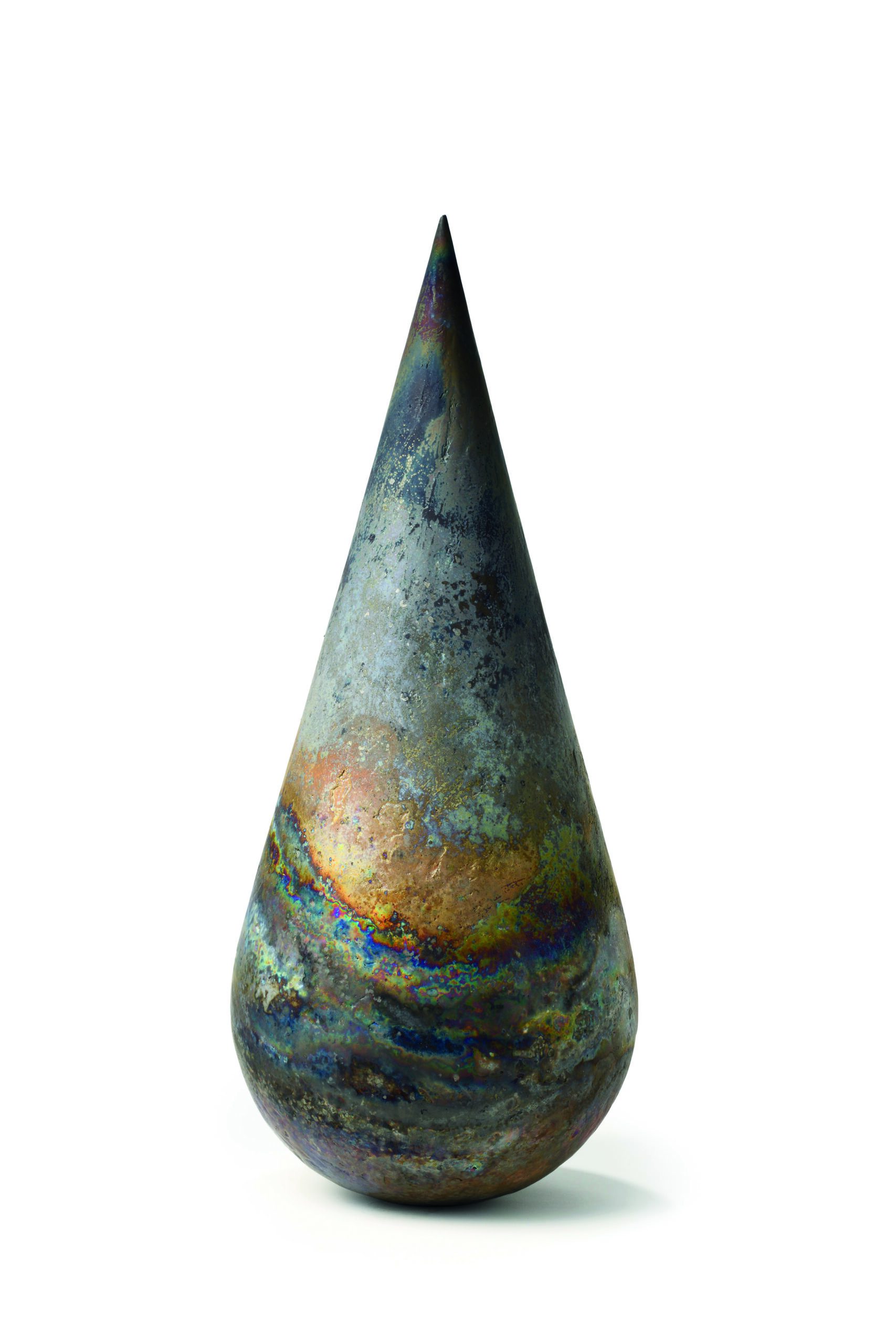
Paul Louis | Hashimoto Tomonari
Kaneta Masaneo’s Hagi tradition
Kaneta Masaneo takes the ceramic medium off the potter’s wheel. He is one of the best known and most recognisable names in the Hagi tradition. An eighth generation potter, he takes this heritage to another dimension to create sculptural works. Using centuries-old Hagi glazes, both pinkish-white and grey, Kaneta creates objects, both functional and non-functional, that are easily recognisable. His training as a sculptor and apprenticeship as a potter allow him to create forms whose presence accentuates the dramatic aspect. He uses the Kurinuki technique, which consists of creating by working a block of clay by hand. His acknowledged skill allows him to inject a real tension between form and function, tradition and technical innovation. The sinuous curves, sharp peaks, deep gorges and “snow-covered” rocks are reminiscent of the mountain landscape surrounding his home in Hagi in Japan, a town that has been an important centre of ceramics since the arrival of Korean potters over four hundred years ago. His masterful technique remains unsurpassed to this day.
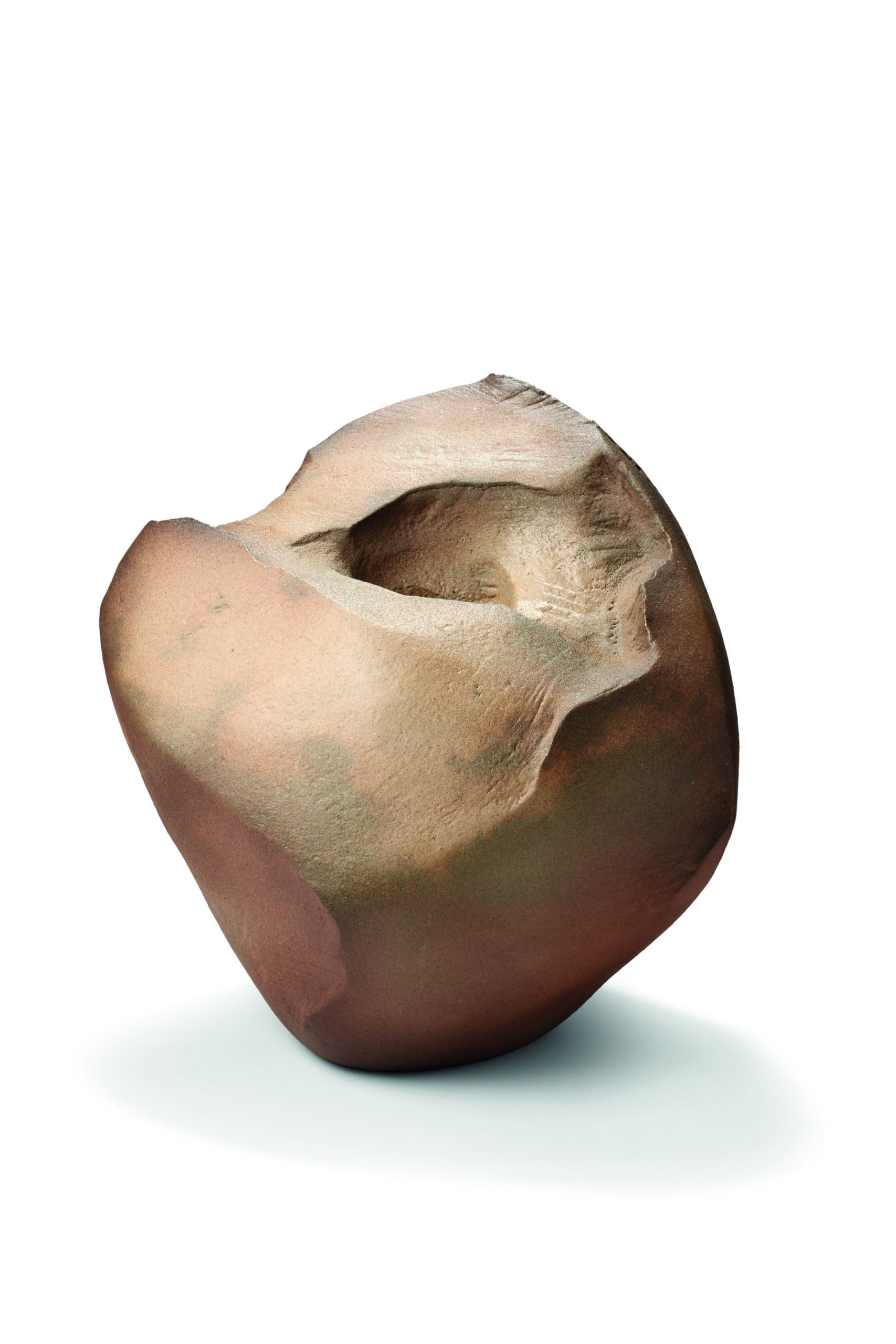
Paul Louis | Kaneta Masaneo
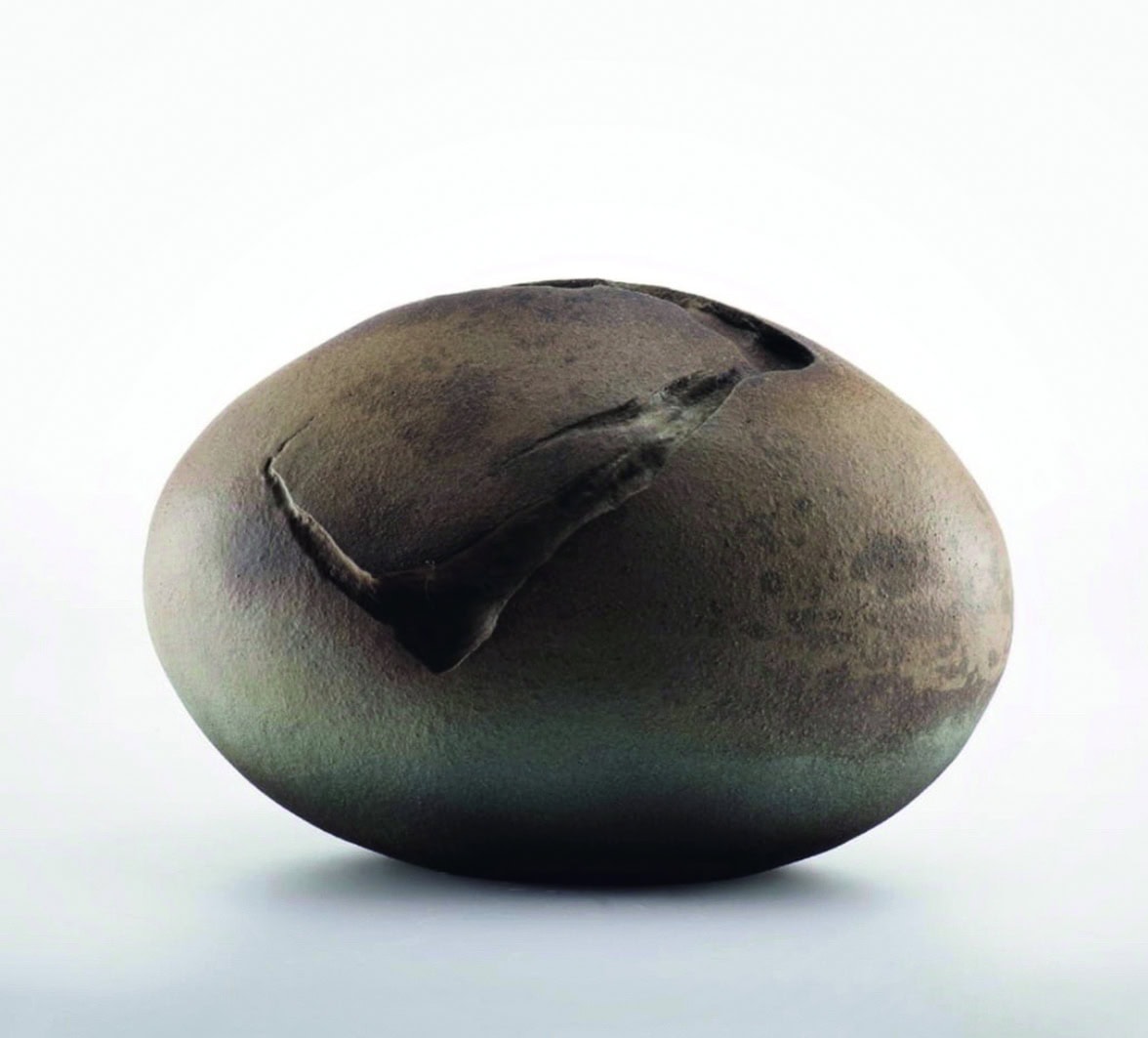
Paul Louis | Kaneta Masaneo
Kino Satoshi’s incredible dexterity
Fascinated by the incredible potential fired porcelain has to turn into stone when polished, Kino Satoshi chose to focus on this medium. Belying its exterior appearance and the shapes obtained, this material is more resistant than terracotta. Although not yet 30 years old, this artist has already amassed the know-how of a virtuoso. To make it easier for us to enter his universe, he guides us through the titles: Choseki, movement of water under the full moon, Oroshi, movement of the wind between the mountains, Ravines, earthly faults. His titles whisk us away on imaginary journeys. After drying, he carefully sands the entire work before the biscuit firing phase. He then applies a translucent bluish-white paint (Seihakuji) using a compressor, followed by a final firing in a reducing atmosphere. Thanks to his unique process, the artist is able to integrate the works into the surrounding space, inspired as he is by nature, in particular the phases of the moon.
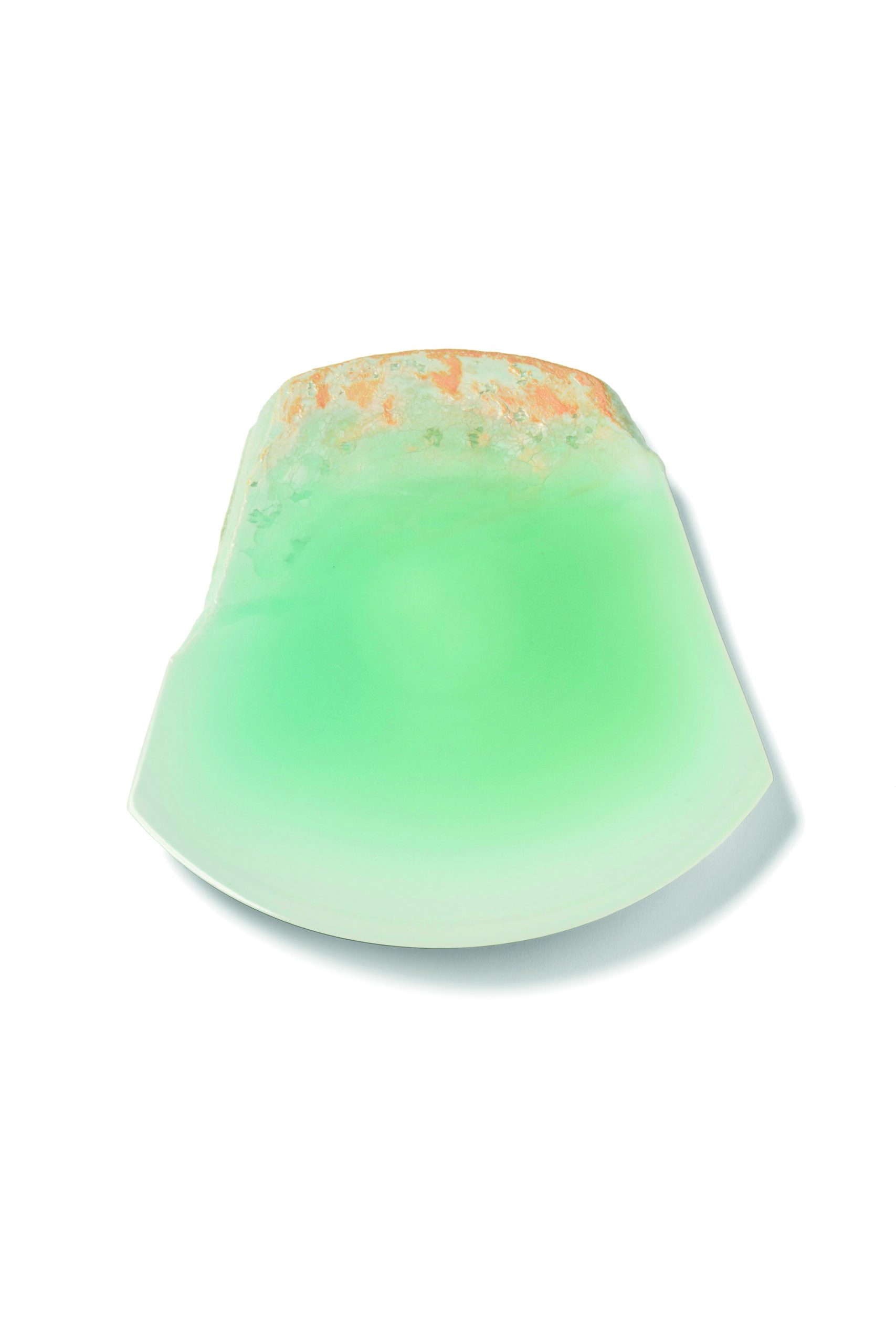
Paul Louis | Kino Satoshi
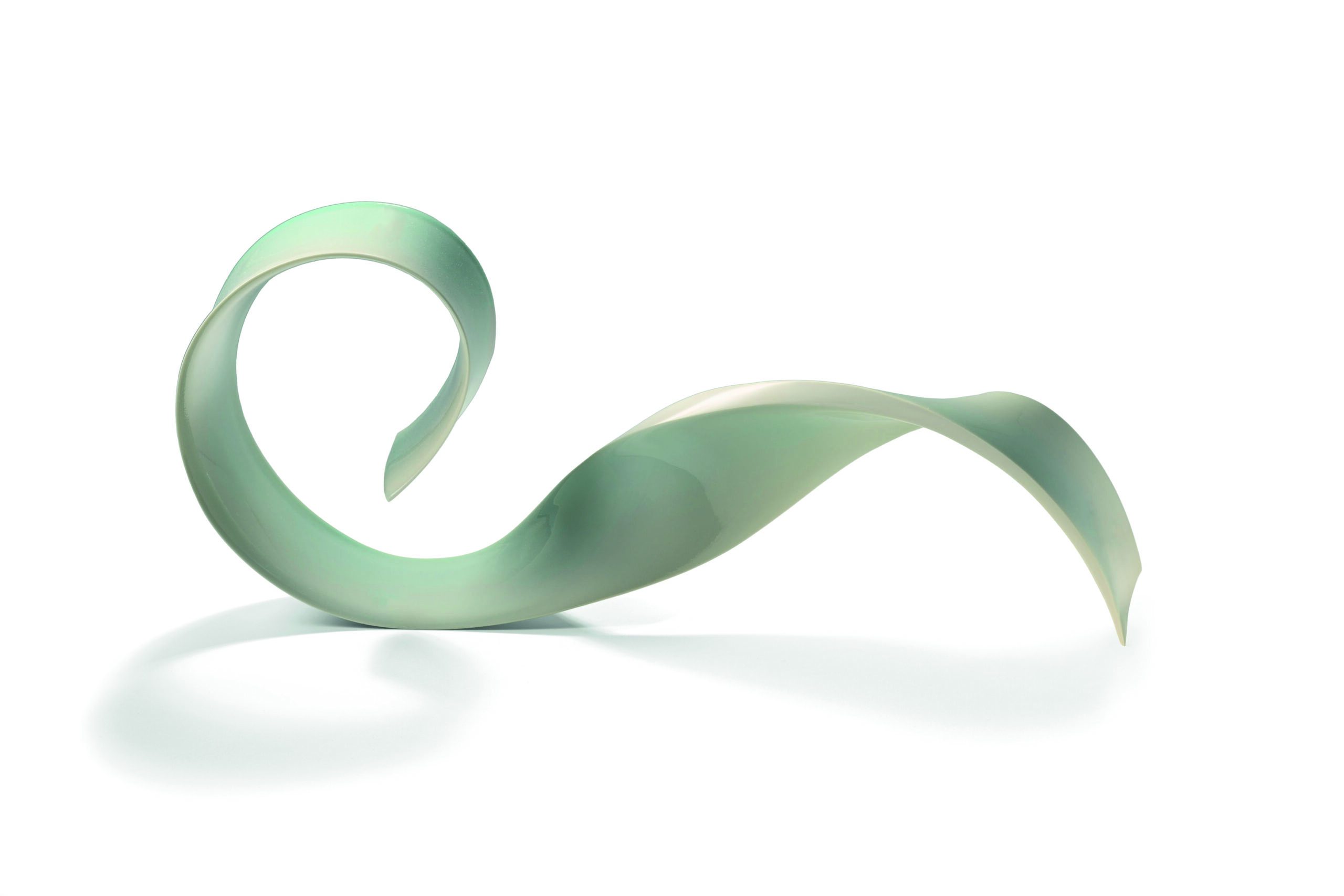
Paul Louis | Kino Satoshi
Mami Kato’s meditative bowls
In 2015, Mami Kato became the first woman to be named the acclaimed winner of the renowned Shoroku Chawan competition. An artist with a maturity that has honed her gestures for nearly 50 years, this museum-sized object was selected for the 9th Kikuchi Biennale organised by the Tomo Museum (Tokyo). The work has an undeniable physical presence, but its most important aspect is the void that it contains. If we take a good hard look at it, it projects our subconscious into this nothingness. In terms of technique, the artist adds a natural glaze similar to celadon. This very distinct colour is sometimes interrupted by the integration of shells during the creative process. These give rise to red flashes on the surface. Her father, an archaeologist, passed on to her a passion for ancient objects. In experienced hands, the bowl becomes a sculpture trapping the air inside. The perspective becomes confused as it evolves into a visible receptacle of the invisible.
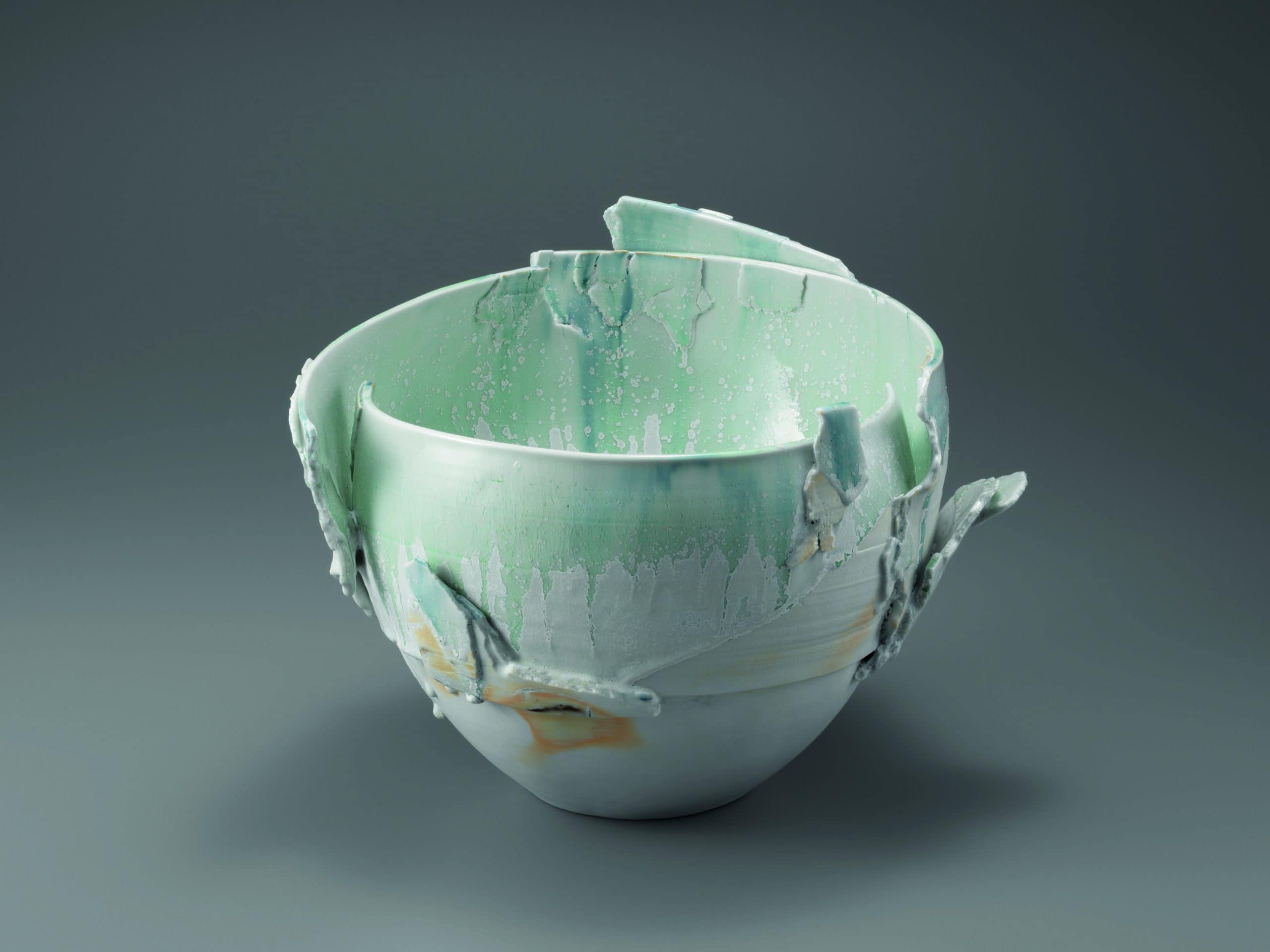
Omi Shigeharu Otsuka Toshiyuki | Mamy Kato
Courtesy Didier Delville- https://d-oh.viewbook.com/d-oh/home

